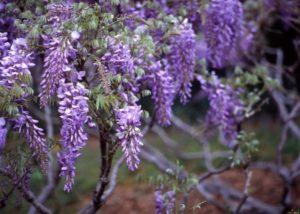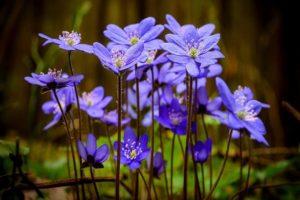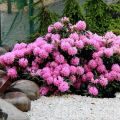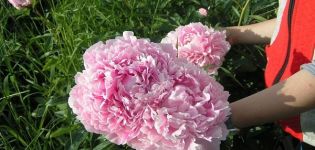How can you save chrysanthemums in winter and shelter rules in the open field
Many flower growers are interested in the actual question of how to preserve chrysanthemums in winter. Today, there are many ways that can be used to protect crops from frost. To choose the best method, you need to take into account the plant variety and the climatic characteristics of the region. There are quite a few resistant flower species that are able to winter outdoors. Heat-loving plants must be dug up for the winter.
Content
Features of care in the fall and preparation for wintering
Proper preparation of horticultural crops for winter is an important procedure. Chrysanthemum needs to provide a supply of useful elements for the entire period of rest. To prepare a perennial flower for frost, it is worth performing the following activities:
- examine and remove old stems and leaf debris;
- cut off bushes - usually stumps are made about 15 centimeters high;
- clean up the area in the area of flower cultivation - this helps to get rid of pests;
- treat the bushes with special preparations;
- fertilize;
- perform pre-winter watering.
Pruning and fertilizing
To prepare the culture for winter, in August or September, complex preparations should be introduced under each bush. They must contain phosphorus and potassium. These elements contribute to the accumulation of nutrients by crops for the winter.
When there is a steady frost, the chrysanthemums should be cut off. It is recommended to do this as late as possible. Thanks to this, beneficial substances will get to the roots. Weakened, old and rotten shoots are subject to removal. Powerful branches are shortened by 10-15 centimeters. It is not recommended to touch young sprouts.
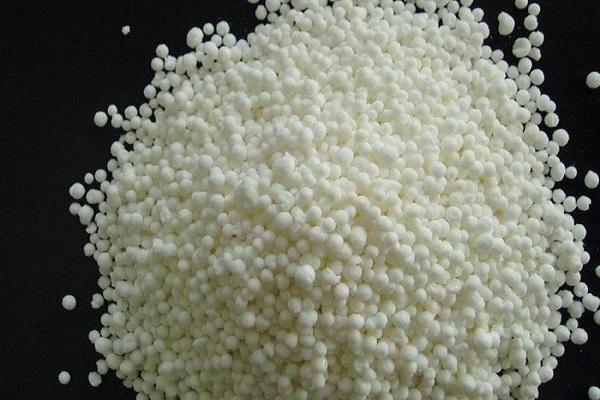
How to properly dig
If it is necessary to dig up a plant, this should be done as carefully as possible so as not to damage the roots. If the rules for carrying out manipulations are violated, there is a risk of developing diseases and the death of a culture.
To avoid this, it is recommended to follow these cleaning rules:
- It is worth digging up chrysanthemums in late autumn.
- Moisten the digging site with water. This will help prevent root damage.
- Don't shake off the ground. It is important to keep the lump intact.
- Leave the plant to dry in the fresh air for 2 days.
- In case of damage or the presence of pests, it is worth immediately cleaning and treating the affected areas with special preparations.
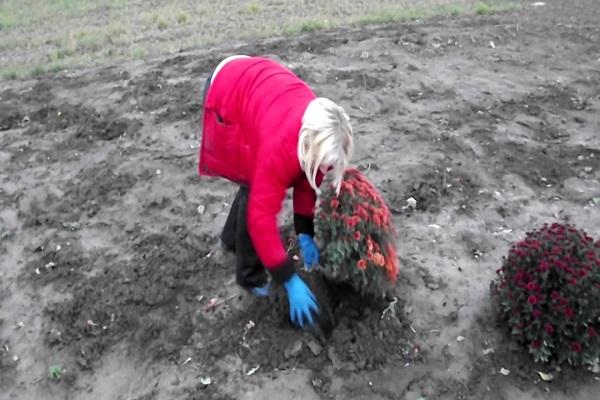
Winter storage rules
It is permissible to store the culture in different ways. It is worth choosing a specific method individually, taking into account climatic features.
In the trench
This method is suitable for regions where the soil does not freeze deeply and is covered with a good layer of snow. The depth of the trench should be between 0.5 and 1 meter. For this it is worth digging a narrow hole.
The bushes are recommended to be folded as tightly as possible. With a large number of plants, they are laid in 2 layers. The remaining space is filled with loose soil, sawdust, dry leaves. It is important that the inside is dry, as moisture is harmful to chrysanthemums. It is worth placing spruce branches, boards or slate on top. Then they stretch the film and put leaves, soil or needles.
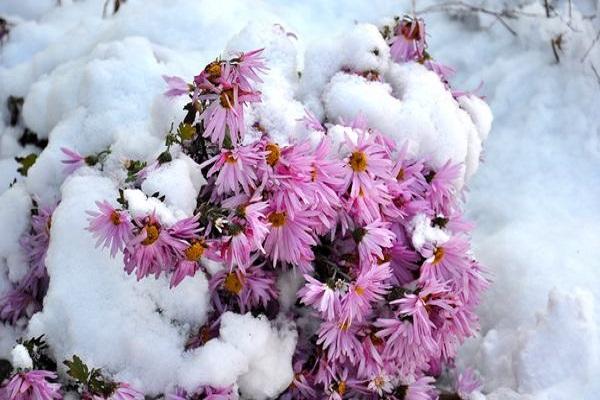
In the cellar on the floor
To preserve chrysanthemums, it is recommended to choose the right room. It must meet the following criteria:
- constant low temperature - from 0 to +4 degrees;
- good humidity;
- full ventilation;
- absence of fungal microorganisms, harmful insects, mold.
Chrysanthemum rhizomes are placed on the floor of the cellar or placed in a special box. It is recommended to pour 5-7 centimeters of earth into it. The bushes should be folded as tightly as possible and sprinkled with substrate.
During the winter, the rhizomes should be examined once a month. If they appear dry or lethargic, irrigate with water. When mold appears, the infected plants are taken out of the cellar, and the rest are treated with anti-fungus agents.
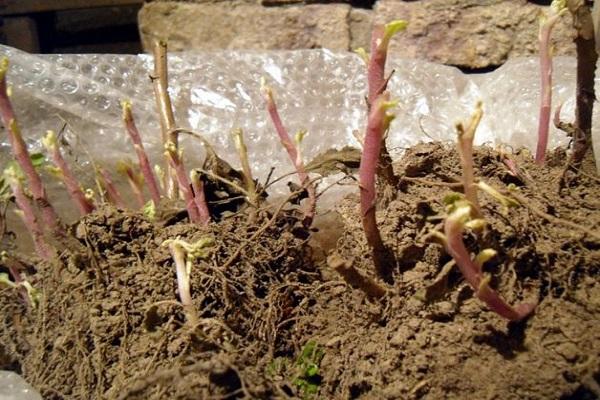
In a container
For plants, use boxes or buckets. In this way, it is recommended to store the culture on an insulated balcony, in a shed or basement. It is important that the temperature is within 0… + 5 degrees. The selected container should be filled with prepared soil. It is best to mix peat and coarse sand in equal parts.
In the greenhouse
Chrysanthemums are also perfectly stored in a greenhouse. For this, flowering bushes should be transplanted there in advance. This helps to increase the flowering period of crops. At constant negative temperatures and freezing of the stems of the plant, it is worth cutting off. As a result, it is recommended to leave hemp no more than 2-3 centimeters. From above, the bushes should be covered with humus.
So that the plants can survive the winter, each bush should be sprinkled with dry soil. Its height should be at least 20-25 centimeters. It is important that the soil is completely dry, as moisture is harmful to chrysanthemums in winter. Then it is recommended to insulate the planting with any covering material.
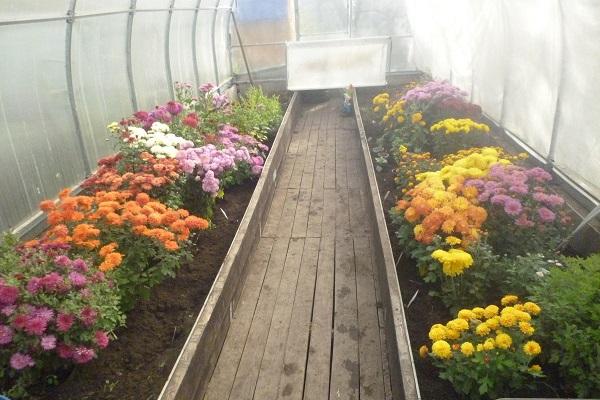
In a flowerpot
To store the chrysanthemum in a pot, it should be carefully dug up. The pot should be wide enough. A drainage layer should be laid on the bottom. For this purpose, gravel, crushed brick or expanded clay are suitable. Then it is recommended to place the plant in a container and fill it with a light and loose substrate.
When the culture has faded, it is pruned, after which the plant is transferred to a dark and cool place. It is best to use a basement or cellar. In the spring, the flowers will begin to grow. When the weather is warm, they are planted in the soil.
What varieties need to be dug
Zoned plant varieties winter well in a flower bed. However, there are crops that are definitely recommended to be dug up. These include gift bushes and Indian plants that have been rooted from bouquets.
The most common heat-loving varieties include the following:
- Nimbo;
- Talaxi;
- Sudis;
- Dramatic;
- Alyonushka.
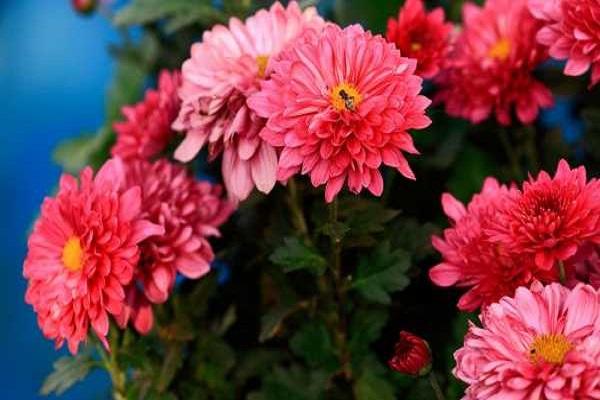
Varieties that can survive the winter in the garden
There are many varieties that are able to survive the winter in different regions - in the Urals, in the Central lane, Siberia and the Moscow region. It is not recommended to dig them out, but you should definitely cover them.
Dubok
It is a popular plant that can survive the winter even in Siberia.To achieve good results, the crop should be pruned. As a result, hemp should remain about 15 centimeters. To cover the plant for the winter, use sawdust, foliage, spruce branches. It is important that the layer is not too dense.
Korean
This is a beautiful plant that was bred by Korean breeders. After the end of flowering, the culture should be cut to the very root. This plant tolerates winter well. It is important to consider that it can grow in one place for a maximum of 3 years. Then the bush should be dug up and divided. In this case, it is recommended to remove the central part.
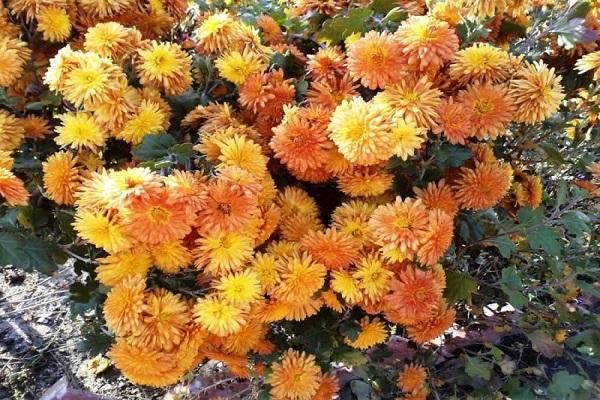
Chamomile
This culture also needs preparation for winter. It is recommended to cut the bushes at the root. Then hilling is carried out and the plants are abundantly sprinkled with leaves. If severe frosts are expected, it is recommended to dig up the root with an earthy clod. It should be put in a container and sprinkled with damp earth. Store in the basement.
Purple Haze
This is one of the most beautiful chrysanthemum species. It has a standard height of 60 centimeters. The plant is characterized by beautiful double flowers with a diameter of 6.5 centimeters. The culture is growing and developing rapidly. It is characterized by high resistance to winter frosts.
Malchish-Kibalchish
This Korean-bred plant is a short bush that is covered with simple flowers. They resemble chamomile in appearance and are 7 centimeters in diameter. For the winter, it is recommended to cover the culture with leaves, branches or spruce branches. Also, the plant is sprinkled with earth or peat. The layer should be 20 centimeters.
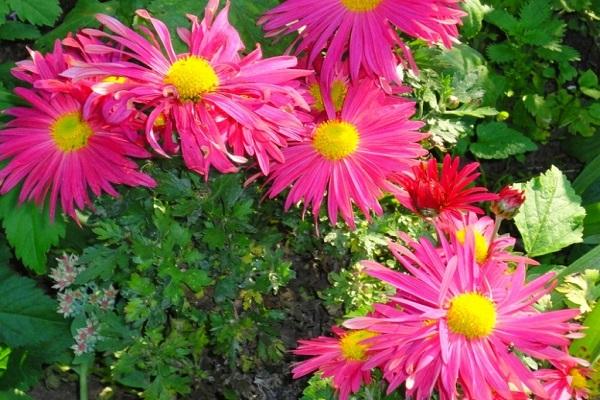
Red Moscow
This is a Korean variety, whose bushes are 75 centimeters long. The plant has beautiful deep red flowers that have a raspberry hue. The diameter of each flower is 7 centimeters. In order for the chrysanthemum of this variety to survive the winter, it is recommended to cover it.
Everest
This is an unpretentious plant that has large flowers. It is characterized by high parameters of frost resistance. A distinctive feature of the plant is considered to be long underground shoots.
How to properly cover for the winter in the open field
In order for the plant to tolerate frost normally, it is recommended to properly cover it. There are several ways to do this.
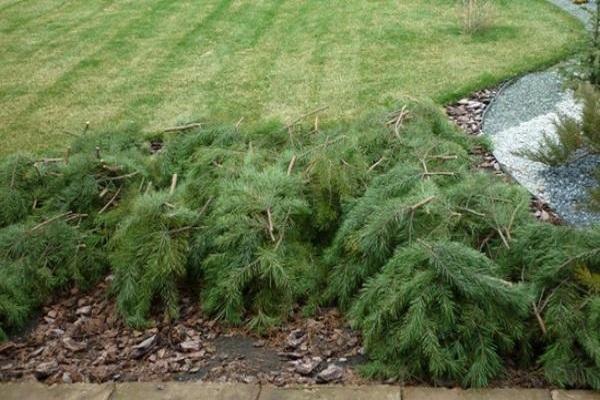
Increasing the mulch layer
This method can be used to prepare varieties for winter, which are characterized by high resistance to frost. With the first frosts, the bushes should be spud. For this, sawdust, peat, shavings are used. You can also use humus or compost.
In frosty winter, it is recommended to additionally cover the plant with branches or spruce branches. Sprinkle it on top with dry foliage..
Storage above ground
In order for the plant to overwinter, it is not recommended to cut it low. The trunks should be pulled together, carefully bent down for the winter and covered with any suitable material. It is important that the covering layer does not get wet. It is best to use a film for this.
Dome storage
This is the most effective method for preparing chrysanthemums for severe frosts. Separately located bushes are insulated with individual structures. They can be overlaid with bricks, on top - install boards, slate or plywood, and then sprinkle the plants with a layer of earth.
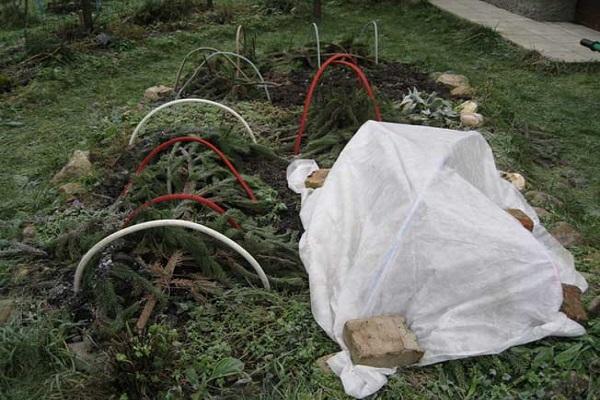
When snow falls, it is recommended to throw it over the shelter. This will help create an additional thermal insulation layer.
If the plants are planted in a row, it is better to use a tunnel structure. Arcs should be installed at regular intervals. It is recommended to tie long slats to them. Any elastic material is pulled on top of the frame.
Features of preservation of some varieties
There are specific varieties of chrysanthemums that have certain characteristics.
Spherical
These varieties were bred relatively recently. In the south, it is enough to cover them with spruce branches or straw.In colder areas, it is recommended to dig up chrysanthemums for the winter. Plants should be dried, cleaned of soil and get rid of dry shoots. Then place the bushes in containers with straw and put them in a dark and cool place.
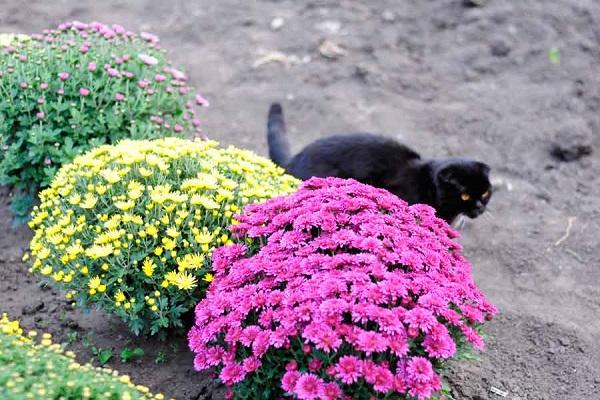
Dwarf
These plants are usually grown at home. However, sometimes they are planted in open ground. It is recommended to prune them before winter, leaving stems of a maximum of 10 centimeters. After which the plant is transferred to a bright room with a temperature of +8 degrees. It is recommended to water the crop every month.
Royal
After the first autumn frosts, chrysanthemums should be cut off. This can be done high or low. Royal plants are frost-resistant, so they can be left in the ground. However, in any case, it is recommended to cover them with spruce branches.
Typical mistakes
Common mistakes made by florists include the following:
- there is no timely feeding;
- heat-loving plants are not dug out before winter;
- perennials that hibernate in open soil are not hiding correctly.
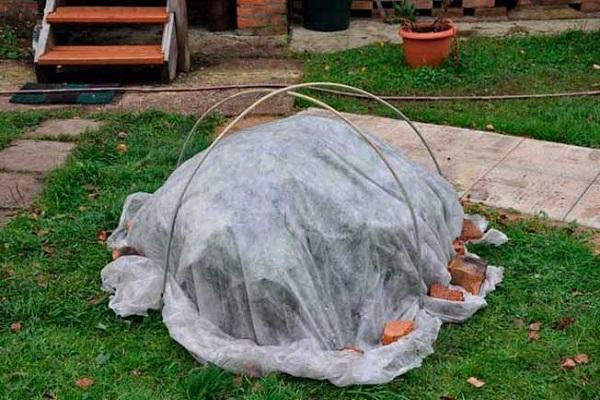
Useful Tips
To save the plant for the winter, you should follow the recommendations of experienced florists:
- There is no clear time for starting work on preparing chrysanthemums for winter. Therefore, it is worth considering the climatic features. It is worth starting the required manipulations with the arrival of the first frost. Moreover, experts advise to wait a few days for the flowers to harden. This will help them get through the winter better.
- It is not recommended to cover crops with weeds, straw and plant debris. It is in such an environment that garden pests live. If you use such materials for insulation, the chrysanthemum will be seriously damaged by the spring.
- It is recommended to maintain a stable microclimate during storage of the culture. Sharp fluctuations in humidity and temperature parameters will lead to the death of the flower. Such a plant simply will not survive the winter.
Keeping chrysanthemums for the winter is not so difficult. Many methods are known to solve this problem.
To choose the most suitable one, it is worth considering the plant variety and the climatic characteristics of the region.
